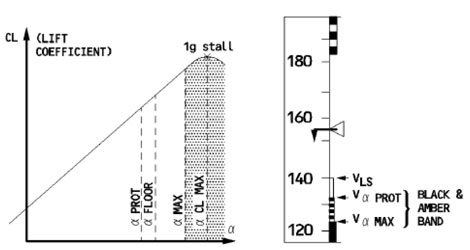Sichuan Airlines flight 3U8949 was an Airbus A319 (B-6054) . The plane took off from Chongqing airport at 07:45.
At 08:47, the flight crew confirmed that the special report about the thunderstorms at Destination airport (see Appendix I) sent by CSC Dispatching Office was received.
The flight crew established contact with Destination ATC tower for the first time at 09:01, reported that the estimated arrival time was 09:34, and received information of landing condition and weather condition at Destination airport “Runway 03 ILS, approach via Lishui01, ground wind 040, 03 m/s, temperature 22°C, visibility 2400m, light thunder storm, light fog, QFE 1013”.
Since then, the crew asked Destination ATC tower for update and confirmation of the weather condition at terminal area four times, and received responses “the terminal area is covered by thunderstorms ; forecast says it will turn better by 10am”, “some planes ahead of you diverted to Nanjing”, and “strong lightning is observed to the west of the terminal area” (see Appendix II).
When the plane entered into the terminal area, the ATC tower agreed the crew to join the downwind leg to perform ILS approach. At 09:29, strong thunde storm, together with unsteady wind in direction 340 at 7 m/s, hit Destination terminal area.
The plane intercepted ILS at altitude 2140 feet. Then with Auto Pilot connected, speed decreased and attitude increased gradually. When the speed reached 114kt (normal approach speed is 126kt), Low Energy Warning (SPEED) was triggered.
“The Crew Resource Management was a chaos”.
The crew pulled out the speed knob of the Flight Control Unit (FCU), and manually selected target speed of 131kt.
Auto Thrust was taking up slowly, but the speed was still decreasing with deceleration rate of 7kt per second (see Appendix III).
Auto Pilot got disconnected automatically, angle of attack increased constantly and Alpha Protection function got operative.
Alpha Floor was activated, speed indication showed 83kt, thrust increased to maximum automatically, the crew set the thrust lever to TOGA; Stall Warning popped up (speed indication was 81kt, then decreased to 74kt),
Flight Augmentation Computer 1 (FAC1) was inoperative, both pilots controlled the side stick in turn, the Flight Augmentation Computer 2 (FAC2) was inoperative.
The plane started to nose down from the maximum Angle of Attack of 33.40 degrees, together with rolling to the right and losing altitude.
As it took up speed gradually, the plane got recovered from stall condition.
In this course, the maximum bank angle to the right reached 43.59 degrees, the maximum beta depression angle was 5.98 degrees, maximum sink rate was 3924 feet/min.
“Glide Slope warning“, “Pull Up warning”, and “Sink Rate“ GPWS warning were triggered one after another. During descent, after the plane started to take up speed, the crew controlled the plane to gradually recover from the adverse condition and start to gain altitude, during which the lowest altitude was 884 feet.
As the plane climbed to 2924 feet, the crew manually reset the 2 FACs successfully following the ECAM procedure.
After this, the plane diverted to Ningbo airport, and landed safely at 10:11. After landing, maintenance engineering checked the aircraft system to be working normally. The flight crew placed phone calls to the head of CSC Flight Operations department and Dispatch office to report on this situation. Sichuan Airlines decided to have this crew and plane continue to perform the flight after.
Findings for Sichuan Airlines flight 3U8949 are :
- The crew did not pay enough attention to the complex weather condition, and their decision-making ability was weak.
The crew had made wrong decisions in the severe weather condition. Although ATC informed the pilots of the weather conditions and other planes’ diversion, the flight crew continued to launch the approach. - The alternative plan prepared for complex weather condition was insufficient. When wind shear became obvious, pilots took no resolute action to stop the approach.
- The crew failed to respond as per manual.
When the aircraft attitude was gradually deviating from norm, air speed decreased and low energy warning appeared, the pilots intervened in the AP control by choosing the speed manually instead of pushing the throttle forward as QRH2.03, leading to complex situation, including increasing attitude, low airspeed, Alpha Protection triggered and stall. - The Crew Resource Management was a chaos. When aircraft was in complex conditions, pilots reacted out of their instinct, leading to dual side stick inputs for as long as 12s.
In accordance with article 3.13 of Civil Aircraft Incident, Sichuan Airlines flight 8U8949 is a serious air transport incident, caused by flight crews’ inappropriate decisions and handling under adverse weather conditions.
Download Report


0 Comments